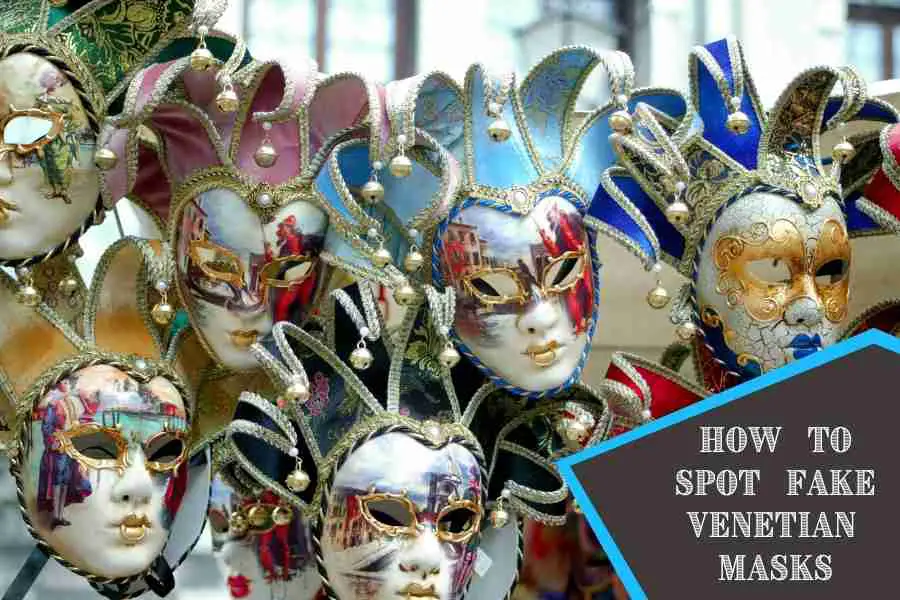The Carnival of Venice has been an Italian tradition since at least the Renaissance. It was originally celebrated to commemorate the victory of the Republic of Venice over the ancient Roman city of Aquileia, but through the years it has evolved as a way for Venetian citizens to present their rich and prestigious culture to the world. It’s estimated that at least three million tourists flock to Venice annually for the Carnival!
However, one thing that has not changed down through the years is the importance of masks to the festival, and in fact, this fashionable tradition has become so popular that you can now find Venetian masks worldwide. Unfortunately, not all Venetian masks are created equal…or in Venice at all! Due to the high demands for these stylish masks, they are often mass produced in other parts of the world with materials that are not used to create the authentic masks of the Carnival of Venice. Below, you’ll find all the information you need about identifying an authentic Venetian mask. With a keen eye and a little research, you can rest assured that your mask is indeed a genuine piece.
Materials
Although there is some evidence of masks being made out of materials like leather or porcelain, authentic Venetian masks overwhelmingly were and continue to be created by using a papier-mâché technique—where strips of paper are soaked in glue and then contoured to a negative mask mold.
However, it’s important to keep in mind that papier-mâché by itself is not an absolute indicator of an authentic Venetian mask, but you can be sure that if your mask is made from some other synthetic material such as plastic it’s not an official Venetian.
Location
This should be a no-brainer, but if you know that your mask was crafted somewhere outside of Venice then there’s no way it could be an authentic Venetian mask.
Originality
Unlike the mass-produced knock-offs, authentic Venetian masks are hand crafted to be unique, one-of-a-kind pieces. If you’ve managed to get your hands on a genuine piece, you shouldn’t be able to find another one like it anywhere else in the world. Granted, there are different types of Venetian masks that share similarities with one another, but at the least, your authentic mask should be subtly different from all the others.
Attention to Detail
A good Venetian mask maker knows that getting the small intricacies of the mask right is just as important as crafting the mask itself, which is why an authentic Venetian mask should blow you away with its attention to detail. A surefire way to detect a knock-off mask is shoddy craftsmanship—if it looks like it’s been painted hastily or its accessories are quick to fall off, then you’re probably not dealing with a genuine piece.
In a perfect world you could ensure that your mask is an authentic Venetian by flying to Italy and purchasing one from the artists themselves. However, that’s not a reasonable option for most people. But, with this guide at your disposal, you should be able to identify authentic pieces with no trouble at all!




